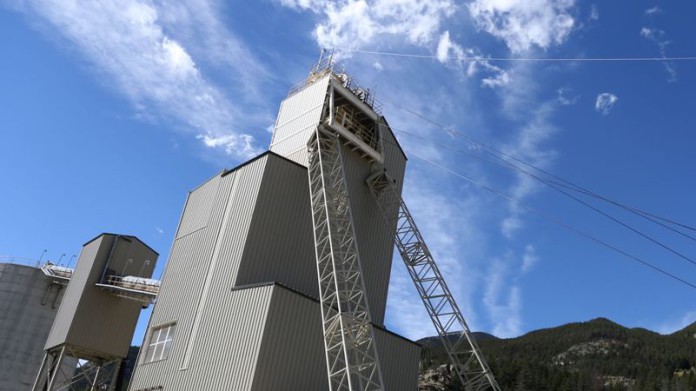
THE grim prospects for the palladium price has forced Sibanye-Stillwater into a fresh round of restructuring at its US mine Stillwater Mining.
Sibanye-Stillwater announced today it will cut about 287 employees including 187 contract workers and follows the departure of 20 full-time employees through natural attrition since October. The restructuring was not expected to impact production.
“We have taken decisive action to address costs at the US PGM (platinum group metal) operations, to ensure the sustainability of these long-life operations during a challenging period of lower than anticipated PGM prices,” said Neal Froneman, CEO of Sibanye-Stillwater. “This is not a decision we have taken lightly, and we will engage frankly and candidly with affected stakeholders during this challenging period,” he said.
In July 2022 Sibanye-Stillwater announced a restructuring at Stillwater Mine, which is in Montana in which it pushed out its 700,000 ounce a year palladium and platinum (2E) target to 2027. This was amid a downturn in palladium and a flooding at the mine which hit production for about six weeks.
Since then, however the palladium price has halved going from $2,153 per ounce to $1,066/oz. Sibanye-Stillwater also cited the “impact of ongoing inflationary cost pressures at the operations, necessitating a reduction in the cost structures”.
The majority of full time employees – 100 in total – will be cut from the Stillwater Mine with the remainder spread between East Boulder Mine, the Columbus Metallurgical Complex and Columbus offices as well as remote locations, the group said.
The outlook for palladium has turned sour after automakers (OEMs) switched out of their metal for its use in autocatalysts preferring cheaper platinum instead. There is also less likelihood of production cuts from Russia, the world’s largest palladium producer, as output was supplemented by copper and nickel, according to a report by Citi, a bank.
“The palladium surpluses could become wider,” the bank’s analysts said in a November 17 report. “We also argue that sustained deficit in platinum and surplus in palladium is unlikely to result in substitution back to palladium as OEMs have recently invested in substituting palladium to platinum and long term the major issue for automakers will be transition into BEVs (battery electric vehicles) not to invest in declining ICE (internal combustion engine) market,” they said.
Analysts believe that at the current basket price for PGMs further cuts in production are likely at some of South Africa’s high cost mines including Amandelbult, owned by Anglo American Platinum, Northam Platinum’s Zondereinde and the Rustenburg dvision of Impala Platinum (Impala Lease Area).
On October 25, Sibanye-Stillwater said it would look to restructure its South African PGM operations in a move that would affect must over 4,000 jobs. While much fewer retrenchments are likely to occur, the move shows the extent to which lower PGM prices are hurting industry margins.









